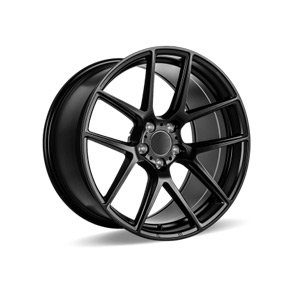Optimizing Go Kart Throttle Cable Linkage for Enhanced Performance and Responsiveness
Understanding Go-Kart Throttle Cable Linkage
When it comes to the thrilling world of go-kart racing, every component matters in the overall performance and drivability of the vehicle. Among these essential parts, the throttle cable linkage plays a critical role in controlling the engine's power output. This article will delve into the significance of the throttle cable linkage, its function, maintenance, and potential issues that can arise, ultimately enhancing your go-kart experience.
What is Throttle Cable Linkage?
Throttle cable linkage refers to the system that connects the driver's pedal to the carburetor or throttle body of the go-kart's engine. When a driver presses the throttle pedal, the cable transmits this action, allowing the engine to draw in air and fuel to increase speed. This mechanism is vital for a responsive and enjoyable driving experience. Properly functioning cable linkage enhances throttle response, providing a more immediate acceleration, which is crucial during competitive racing.
Components of Throttle Cable Linkage
The throttle cable assembly typically consists of several components, including
1. Throttle Cable A flexible cable that connects the pedal to the throttle body, allowing for the transfer of motion. 2. Pulley or Guide System Helps in directing the cable along its path and preventing binding or unnecessary friction. 3. Pedal Assembly The driver’s interface that activates the throttle cable; often includes a mounting bracket and the pedal itself.
4. Throttle Body or Carburetor The component that regulates air and fuel flow to the engine, responding to the cable movement.
Understanding how these components work together is essential for go-kart enthusiasts seeking to optimize their machines for better performance.
Importance of Throttle Cable Linkage
The throttle cable linkage does not merely serve as a connector; it is pivotal for achieving precise control over the vehicle. A responsive throttle system allows for quick acceleration and deceleration, granting drivers the ability to navigate tight corners and overtaking maneuvers with confidence. A well-tuned throttle cable can enhance lap times and improve overall handling, contributing to the exciting nature of go-kart racing.
go kart throttle cable linkage

Maintenance Tips
Regular maintenance of the throttle cable linkage is essential to ensure optimal performance. Here are some tips for keeping your go-kart’s throttle system in good condition
1. Inspect the Cable Regularly check the throttle cable for any signs of fraying or wear. Replace it if you notice any damage to prevent failure during operation.
2. Lubrication Proper lubrication of the cable and its guide system can reduce friction and wear, allowing for smoother operation.
3. Check Alignment Ensure that the cable runs smoothly without any bends or kinks. Misalignment can lead to binding and slow throttle response.
4. Tighten Connections Make certain that all connections are secure and free from rust or corrosion, which can hinder the cable's performance.
5. Adjust the Tension If the throttle feels sluggish or unresponsive, you may need to adjust the cable tension to ensure proper operation.
Potential Issues
One of the key challenges associated with throttle cable linkage is cable stretch, which can occur over time. A stretched cable may result in a slower response or require more effort to operate the throttle. Additionally, if the cable becomes disconnected or incorrectly routed, it can lead to complete throttle failure, posing a significant risk during a race.
Conclusion
The throttle cable linkage is a simple yet profoundly impactful component of a go-kart. Understanding its function and maintaining it properly ensure not only an exhilarating driving experience but also the safety and reliability of the vehicle. Whether you are a seasoned racer or a hobbyist, paying attention to the throttle cable linkage can significantly enhance your go-karting journey. By appreciating the intricacies of this vital system, drivers can maximize their performance on the track and enjoy the thrill of speed with peace of mind.
-
Workings of Clutch Pipe and Hose SystemsNewsJun.04,2025
-
The Inner Workings of Hand Brake Cable SystemsNewsJun.04,2025
-
The Secrets of Throttle and Accelerator CablesNewsJun.04,2025
-
The Hidden Lifeline of Your Transmission Gear Shift CablesNewsJun.04,2025
-
Demystifying Gear Cables and Shift LinkagesNewsJun.04,2025
-
Decoding Clutch Line Systems A Comprehensive GuideNewsJun.04,2025
